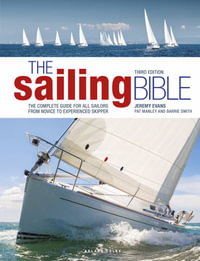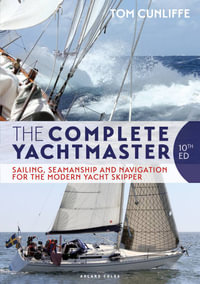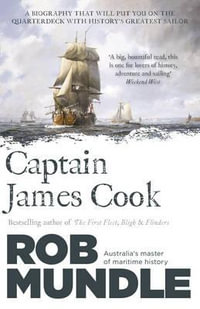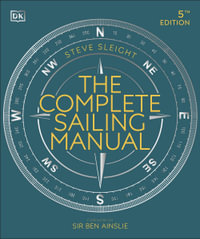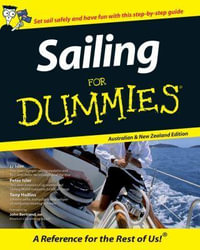The crew of a racing boat is as important as the helmsman – they work as a team to sail as fast as they can. But different members of that team have different roles in the boat. In addition to the obvious roles which belong to the crew – trimming the jib and spinnaker and helping keep the boat upright – the crew can also contribute to tactics, boat tuning, watching the competition and so on.
In this book, Olympic gold medallist crew, Saskia Clark, describes all that is needed to become a top-rate crew, or just be a better crew at whatever level you want to compete at.
She initially takes you through getting started as a crew and team – choosing a boat and setting your goals. She then turns to the specific crewing skills of hiking, trapezing, tacking, gybing, handling the spinnaker and having good boatspeed on each leg of the course. The focus then turns to racing and particularly the roles of each member of the team, communication, decision making and execution around the race course. Finally, she brings it all together with advice on how you can be the best crew and a great team.
Packed with photographs this is the ultimate book for crews whether they are trying to win a championship or just wanting to sail at their local club. If your helm doesn’t buy it for you, treat yourself!
321 colour photos, 9 diagrams
About the Author
Saskia Clark has sailed In 3 Olympic Games In The 470 class, Coming 6th In 2008, Winning a silver medal at London 2012 and going one better in Rio, The latter two sailing with Hannah Mills. She medalled 6 times at the 470 World Championships over a 10-year period, claiming gold In 2012. With Hannah, Saskia was voted World Female Sailor of the Year in 2016. She was awarded an MBE for services to sailing in the 2017 New Year Honours' List. Not bad for someone who hated sailing when she started in an Optimist aged 8 at Dabchicks Sailing Club!
Industry Reviews
"In this brilliant book Sas shares her experience of what it takes to be the best crew and make a great team. Any crew, or indeed helm of a two-person boat, would benefit from reading it. Individual skills are covered - like hiking and trapezing, tacking and gybing, hoisting and lowering the spinnaker - and so are the team skills: dividing the roles in the boat both outside competition, pre-start and on each leg of the course. Sas is not prescriptive - she explains how we broke down the roles but is also aware that each team should work to their own strengths and weaknesses and find the best fit. Reading this book will improve your skills as a crew and make you a better team, whether you are just sailing at your local sailing club or competing internationally at the top of your fleet - I whole-heartedly recommend it." (Hannah Mills)



